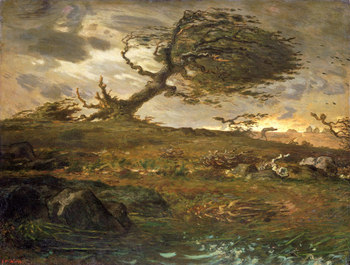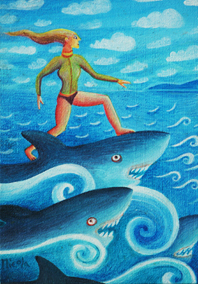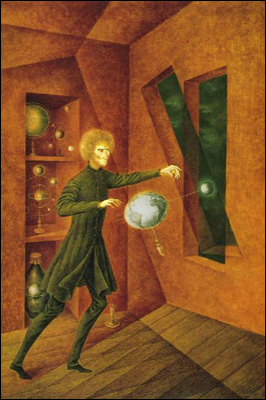It’s never been said better than in the Gnostic Gospel of Thomas: “If you bring forth what is within you, what you bring forth will save you. If you do not bring forth what is within you, what you do not bring forth will destroy you.”
In the sacred psychology of the Malay bomoh (shamanic healer), the natural path of our energies is determined by “inner winds” (angin). We are born with these. They are part of our basic character and identity. They also connect us to larger forces, to the world of living myths and to what we may call (since Jung) the archetypes. Our power to create or destroy is conditioned by these inner winds. When they are blocked, we are in trouble.
As anthropologist Carol Laderman explains it in a remarkable book, Taming the Wind of Desire, if people cannot express their inner winds, “their angin is trapped inside them, when it accumulates and produces sakit berangin, or sickness due to blockage of the inner winds. We recognize this problem in artists and writers whose creativity is blocked, or whose art is insufficiently appreciated, and would not find it difficult to understand why Malays say that musicians, actors and puppeteers are attracted to their professions because of angin and could not succeed without it.”
Releasing and directing the inner winds into productive channels is the aim of dramatic rituals of healing. These involve drumming, fiddling, dancing, play-acting, theater with shadow puppets and calling in beneficent spirits.
In our Western nosology (the science of classifying diseases) we might gain by borrowing from this shamanic diagnosis of types of sickness that result from “blockage of the inner winds”. In our approach to healing, we have even more to learn from the shaman’s prescription. Release the inner winds through movement, drama, dance, ritual, group energy, laughter. Then “farm” the inner winds through creative action, supported by the community.
Jean-François Millet, The Gust of Wind, 1871-73. National Museum of Wales


